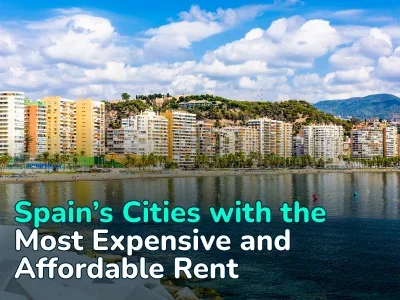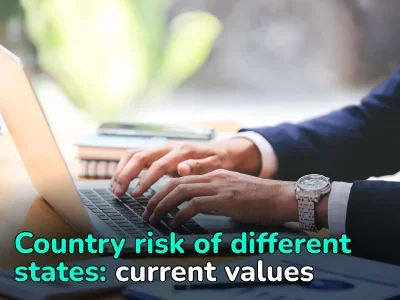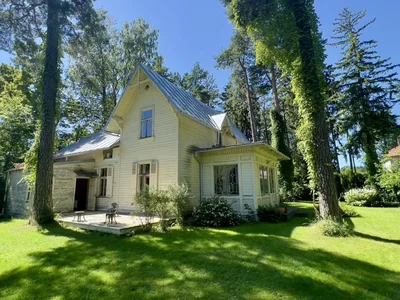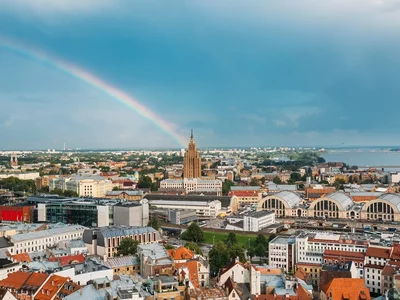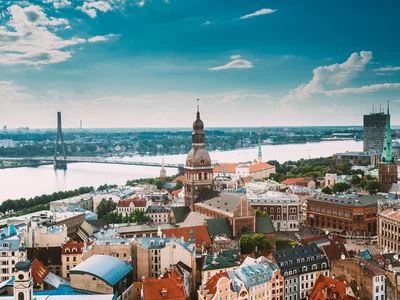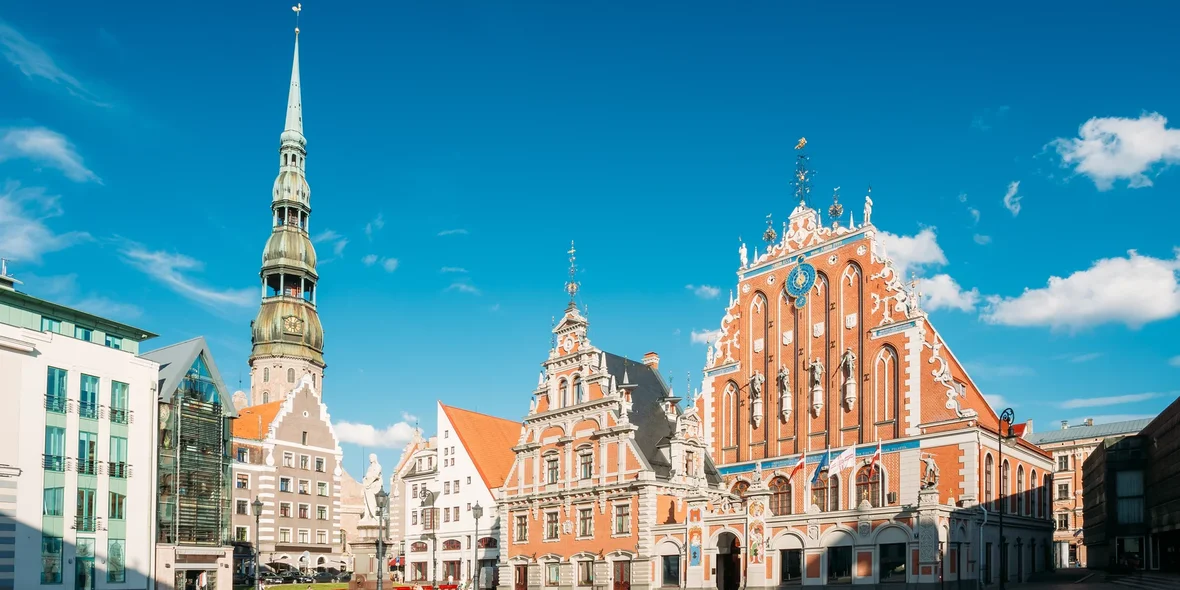
What is Happening in the Latvian Real Estate Market. Interview with an Expert
Soviet-built houses in Latvia account for more than 50% of transactions, but you have to pay three times more for utilities than in new projects. How else does the Latvian real estate market differ from the markets of other Baltic countries? What changes have occurred in the market recently? What is the situation with real estate prices at the moment? We learned about this and more from an interview with Roman Golubev, editor of the Latvian magazine “Square Meter” and the portal varianti.lv
The Latvian market has never developed under stable conditions.
Features of the Latvian real estate market
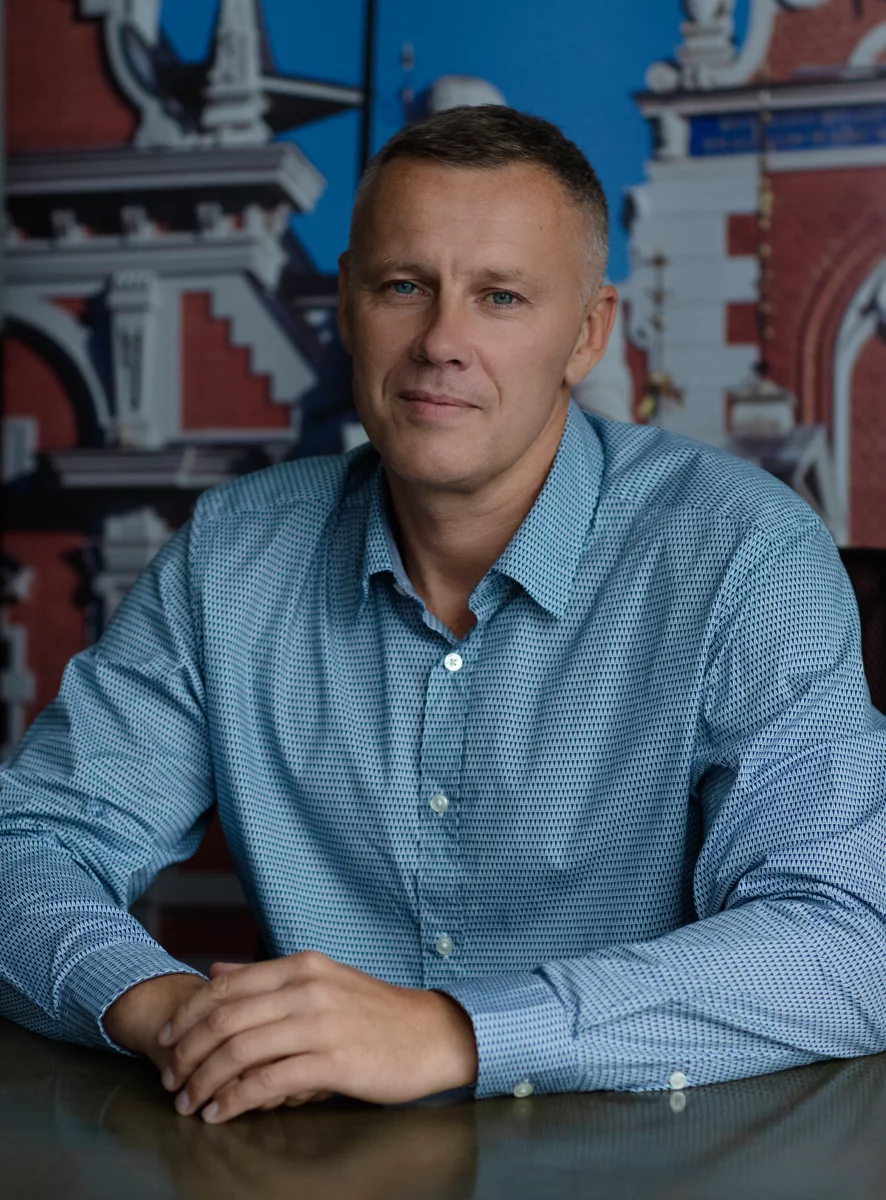 — The real estate markets of the Baltic countries differ significantly. One of the key features of the Latvian market in the past was the presence of serious foreign demand motivated by residence permits, mainly from Russians. The top five users of this product also included Belarusians. Since Soviet times, Jurmala has been considered a place of attraction for Muscovites. This trend continued until the fall of 2014, when large festivals such as “New Wave”, “Jurmalina” and “Keening KiVin” were held here.
— The real estate markets of the Baltic countries differ significantly. One of the key features of the Latvian market in the past was the presence of serious foreign demand motivated by residence permits, mainly from Russians. The top five users of this product also included Belarusians. Since Soviet times, Jurmala has been considered a place of attraction for Muscovites. This trend continued until the fall of 2014, when large festivals such as “New Wave”, “Jurmalina” and “Keening KiVin” were held here.
It should be noted that the Latvian market has never developed under calm conditions. Sporadically this was influenced by that same additional demand, which then, depending on geopolitical reasons, fell. For example, in the 2004-2006 season we experienced a boom in mortgage lending, which affected prices, and they flew up. And already in 2007–2009, the Latvian market experienced a collapse in currency (which was associated with presidential derivatives and the debt burden of the local population), and prices in some segments fell by almost 70% — although before that the Latvian market became the leader in the Baltics. Estonians and Lithuanians avoided such shocks.
In 2010, Latvia began a program of providing foreigners with residence permits in exchange for the purchase of real estate, and the demand has increased. In the fall of 2014, the rules for obtaining it became stricter — demand decreased. Then COVID-19, then February 2022. I have never seen long-term stability in the Latvian real estate market during those two decades, that I am writing about. Periods of calm are short-term.
Housing stock and main trends in the market
— The main housing stock in Latvia is Soviet-built houses, which account for 55-60% of transactions. They remain the main object of purchase due to the financial capabilities of buyers.
But in the last decade, a trend towards growing interest in new buildings has also been observed, especially from young people — if they meet the requirements of banks, they take out loans for 20–25 years and buy apartments in new projects.
One of these big trends now, if we are talking about the Riga conglomeration, is the active development of the segment of private houses and multi-apartment projects in settlements and villages around the capital of Latvia. This, of course, contributes to the development of infrastructure in these places. As for the center of Riga, the issue so far is that the authorities and developers are trying to restore interest in it. And it arises if developers offer a decent residential product at a reasonable price.
In addition, the demand for real estate in Jurmala remains consistently high. In recent years, amid current restrictions on buyers from Russia, local residents have formed it. Lithuanians and residents of other European countries also buy. True, there is no need to talk about the large numbers of Europeans yet.
Mortgage rates in Latvia are among the highest in the EU.
Current market conditions and mortgage rates
— Over the past two years, the market has seen negative price dynamics in both the secondary and primary markets. Many developers working in Riga microdistricts now and then offer various bonuses to motivate buyers and smooth out the situation. For example, they offer to install a kitchen or provide a parking space at their own expense; someone guarantees coverage of utility bills over the next couple of years. But you need to understand that such bonuses, in total, amount to no more than 5% of the price of the property.
But one way or another, in 2023 the results of the Latvian real estate market were worse than in 2022 and 2021. Prices for standard-type apartments in Riga (as I said, this is the most common purchase) last year decreased by 7.2%.
To complete the picture, I note that over the past decade and a half, 2021 has become a record year for the number of transactions, largely thanks to the pandemic - people had accumulated money, many vacationed in Latvia, and mortgage rates were negative, which stimulated demand.
The market is currently going through a correction period, but I believe that in 2024 there will be stabilization with the possibility of small gains. This should be facilitated by a reduction in the base rates of the European Central Bank, which will lead to a decrease in the Euribor rate. The vast majority of mortgage loans in Latvia are issued with a floating rate, which includes the interest of the bank itself and a six-month or annual Euribor.
And this point is worth dwelling on separately, since in most republican centers from 40% to slightly more than 60% of purchases are made using a mortgage.
So, mortgage rates in Latvia are among the highest in the European Union. This is due to the fact that banks are pawning the risks of the past crisis of 2007-2009. And if at the beginning of 2022, most mortgages for new housing were issued at a rate of 1.8-2.2% + zero Eiribor, now, due to the rapid growth of Euribor, overall loan servicing rates have reached 6-6.5% per annum. And this has led to a 25% increase in mortgage payments, which has a negative impact on demand.
It is expected that by the end of 2024 the Euribor rate will drop to 2.5-3%, which should help revive the market.
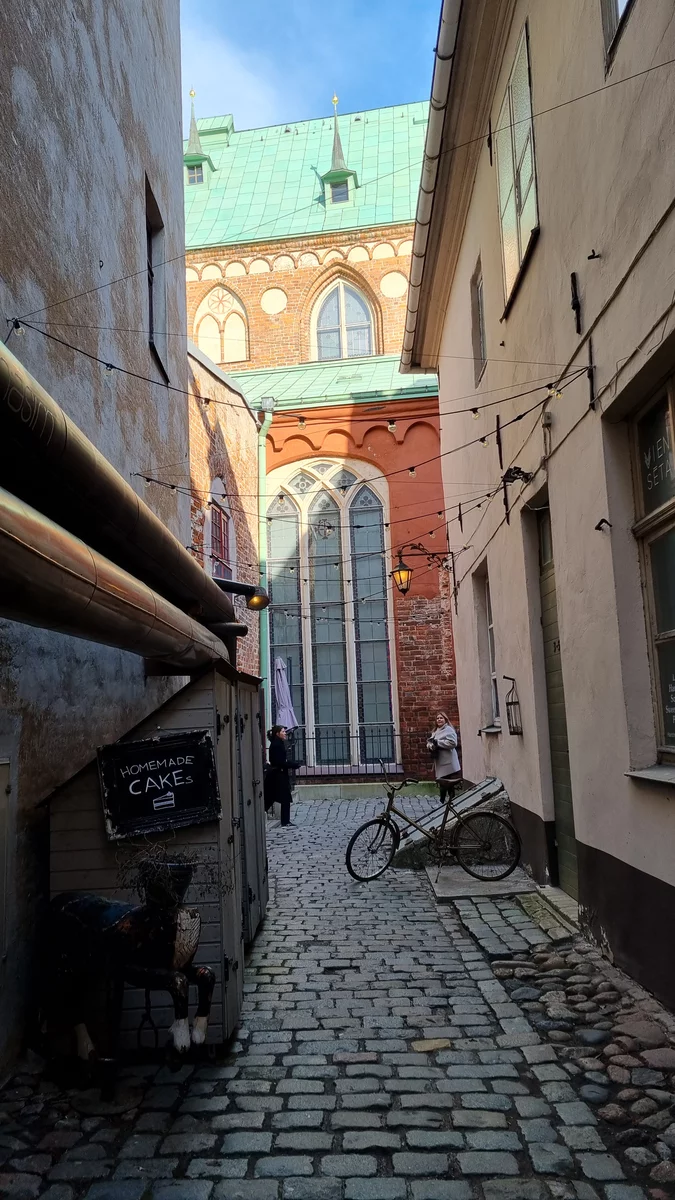
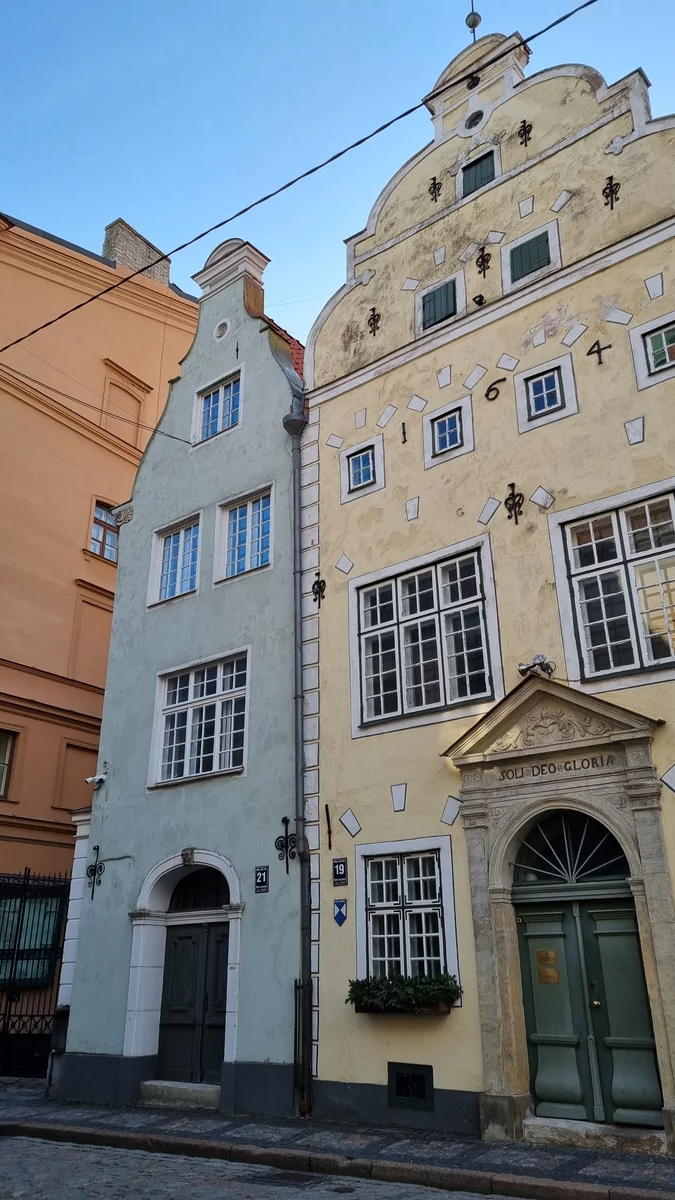
Average prices for Latvian real estate
— Currently, average prices for Latvian real estate are as follows:
- Secondary housing in Riga microdistricts: 40-60 thousand euros for a 2-room apartment in houses built during the Soviet period. The price depends on the series of the house and the quality of the repair.
- New buildings in Riga: 100-120 thousand euros for a 2-room apartment. In residential areas of the capital, the price per square meter is 2,300–2,600 thousand euros, and in the center — 3,000 per sq.m.
- Exclusive offers can be higher than 4,000 euros per sq. m. m, but such sales are few.
- In Jūrmala, within the first line, a square meter costs about 3,000 euros, further from the sea — 2,000–2,500 euros/sq.m. Over the past year, only less than two dozen transactions with apartments at prices starting from 3,000 euros per sq. m. and above have been carried out in Jūrmala.
In the regions, prices are much lower, depending on the state of the local economy. For example, in the city of Valmiera, where there are many industrial enterprises, prices per square meter of standard housing are only 15% lower than in Riga.
At the same time, in Daugavpils, things are not so good with jobs and there is an outflow of population, so you can find apartments for 300–400 euros per square meter (while in Riga the average price of standard-type housing with old renovations, according to estimates from various companies, is 860–1000 euros).
It is important to note that in Latvia the energy efficiency of “panel” buildings and new buildings is very different: in a three-room apartment in a Soviet building, heating bills in winter will be 2.5-3 times higher than in an apartment of similar size, but in a new project.
There is currently a shortage of investment in the market.
State support programs and investment attractiveness
— The main buyers in the Latvian real estate market are now local residents. For them, the country has government programs to help them purchase a home. This, in particular, applies to families with children — the corresponding assistance program allows them to reduce the down payment when applying for a mortgage. The more children there are, the larger part of the loan the state is willing to provide guarantees. Young professionals can also use the bonus program when purchasing a home.
As for foreigners, previously, a major role in attracting their interest in Latvian real estate was played by the program for obtaining a residence permit in exchange for investment. Over 13.5 years (from July 1, 2010 to the end of 2023), the total investment volume under this program exceeded 1.62 billion euros — 83% of these funds were spent on the purchase of local real estate.
Now this program is formally working, but activity is minimal. A moratorium has been introduced for Russians and Belarusians since 2022.
A negative impact on the real estate market in the center of Riga and Jurmala is that some foreign buyers, due to geopolitical reasons, are now unable to fully exercise their right to this property, that is, to use it. Accordingly, those who can put it up for sale, most often at a discount for themselves, those who cannot — for rent, for some it is still in a “frozen” state. It is absolutely clear that any additional volume in the absence of additional demand puts pressure on the price.
According to official data, in 2023, only 86 applications were submitted for a residence permit in exchange for investments in real estate in Latvia. Activity from international investors has also decreased. It’s time to say that there is currently a certain shortage of investment in the Latvian real estate market, as well as in many European countries.
Today, we live in a buyer's market. This means that this is a good opportunity for a long-term investor. He has plenty to choose from, and has the opportunity to try to dictate the price.
Renting out new residential real estate brings about 5% per annum. A higher return is provided by the purchase and rental of apartments from the Soviet housing stock, but one must take into account the low liquidity of such properties: these buildings are not getting better or newer, and you will have to invest in them in the future; To do this, the residents of an apartment building must agree among themselves on its renovation and so on, which is not always possible to do.
Rental market in Latvia
— The Latvian rental market has mostly returned to pre-Covid state. Current average rental rates:
- 2-room apartment in a new building: about 500 euros/month.
- 2-room apartment in a Soviet building: about 300 euros/month.
- Apartments in new projects in the center of Riga – 10–13 euros per sq. m per month.
- Luxury housing in Riga: 15–20 euros per sq. m. per month. But sometimes there are higher rates.
However, as I already said, with the same area, the cost of heating in new buildings due to their greater energy efficiency is approximately three times cheaper than in standard housing.
Interestingly, in recent months there has been a seasonal surge in demand for rentals in Jurmala, including from Israelis. This is due to the current situation in this region, as well as the fact that we have a much more comfortable summer — not as hot as in Israel.
In recent years, Italian, Spanish, and French speeches have been increasingly heard in the main resort of Latvia. If we dream of relaxing in the warmth in the summer, then representatives of the southern part of these countries, on the contrary, strive to escape from the heat.
P.S. The Latvian real estate market is ending its period of turbulence; it is alive and continues to function. And if it interests you specifically from a purchasing point of view, then today is a pretty good time for this, if you do it with knowledgeable and experienced consultants.
Author
I am responsible for editorial work. I write expert interviews and guides.











